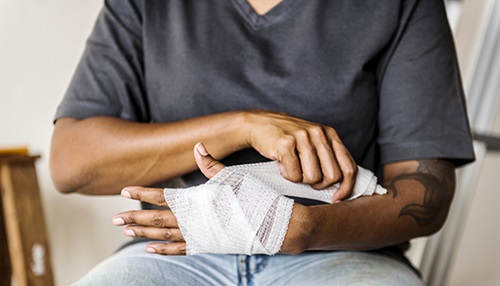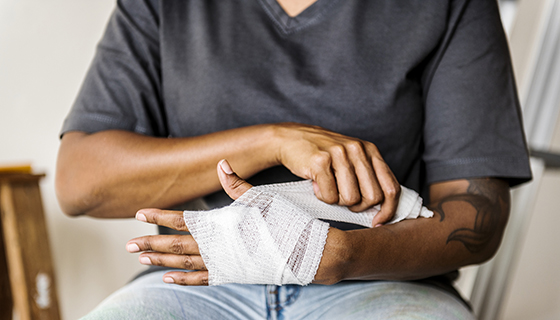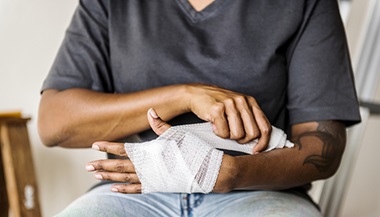MRSA Infection
What is an MRSA infection?
MRSA stands for methicillin-resistant Staphylococcus aureus. Patients with MRSA are infected with a strain of Staph aureus bacteria resistant to antibiotics known as beta-lactams, such as methicillin, amoxicillin and penicillin. MRSA has two classifications: community-acquired MRSA (CA-MRSA) and hospital-acquired MRSA (HA-MRSA).
Diagnosis
Your doctor may recommend the following tests:
-
A skin biopsy and culture from the infected site
-
Culture of the drainage (fluid) from the infection, to see which organism grows in it
-
Blood culture
Treatment
For a local skin MRSA infection, draining the abscess at the doctor's office is usually the only treatment needed. Few antibiotics are available to treat more serious MRSA infections. These include vancomycin (Vancocin, Vancoled), trimethoprim-sulfamethoxazole (Bactrim, Bactrim DS, Septra, Septra DS) and linezolid (Zyvox).
It is important to finish all doses of antibiotics you have been given, even if you feel better before the final dose. Unfinished doses can lead to development of drug resistance in the bacteria.
What Does MRSA Look Like?

You get a small cut, and after two or three days, you notice it’s not healing. The area is swollen, oozing and hot to the touch. You may wonder why it’s not getting better. Could it be MRSA? Here are some signs and symptoms to lookout for.




